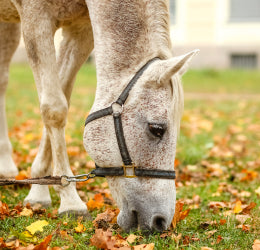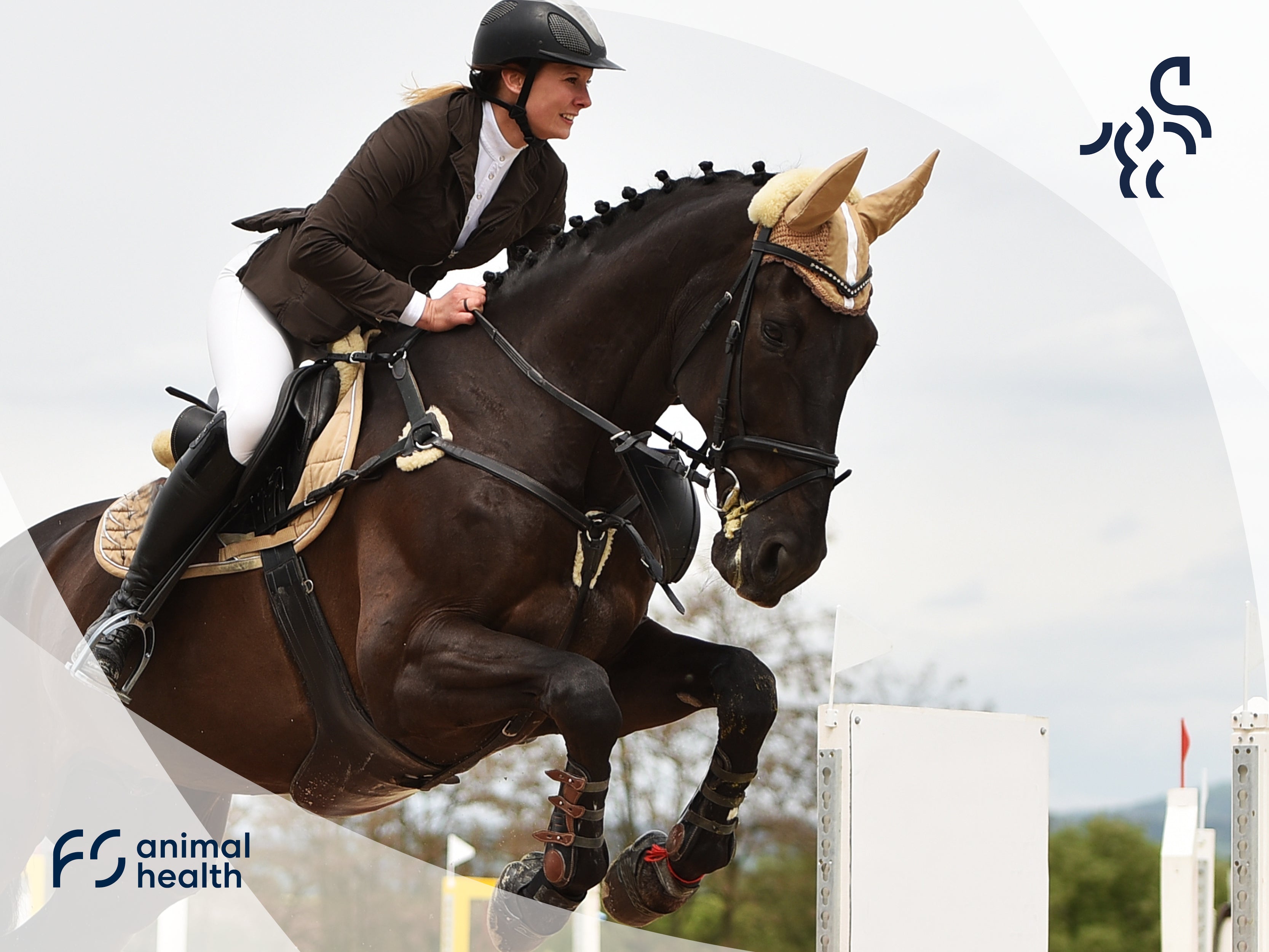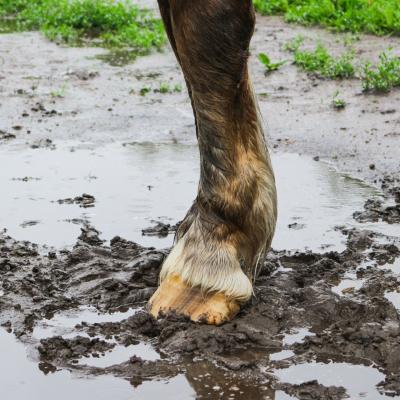As autumn approaches, we need to be aware of horse hunting worms that will be emerging from the summer grasses. Months of warm and wet weather provide ideal conditions for seasonal parasites, so understanding what parasite you are trying to target is important and specific to the time of year. There have also been increasing reports of worming resistance, so finding the correct and most relevant worming program is key to preventing resistance and a parasite burden- This may involve holding fire on administrating unnecessary wormers!
Some of the most popular wormers are Equest, which controls redworm, and Equimax, which is a combination wormer capable of treating infestations of multiple species. Again, Panacur is another popular wormer that treats a broad spectrum of equine parasites in the gastrointestinal tract.
With so many wormers on the market that it can be hard to know which one is the best or the most appropriate. Before you decide, you must assess the risk of a burden and consider the time of year.
The parasites that become prevalent going into the autumn and winter are tapeworm, redworm, and bots. If horses become infected, they can suffer from symptoms ranging from loss of conidiation to colic, while a severe worm burden can even be fatal.
Let’s talk about tapeworms
Tapeworms are the largest worms to infect horses in the UK. They are white and flattened and typically grow up to 20cm long, but some rare tapeworms can grow up to 80cm in length! The tapeworm is different from many other parasites because it has an indirect life cycle. This means that it requires an intermediate host to develop.
Tapeworms rely on the harvest mite to complete their lifecycle and to infect horses. Their eggs are ingested by harvest mites which settle on dung. Inside the mite, the tapeworms become larvae. Horses then inadvertently ingest the harvest mites when eating forage, and the larvae develop into mature tapeworms inside the intestinal tract of the horse.
A tapeworm burden cannot be reliably detected by a faecal worm egg count. This is because tapeworm eggs are contained within the body of the tapeworm, which intermittently breaks off to be passed out in droppings. This means they will show up on a faecal egg count very irregularly despite being present in the horse. Therefore, even if your horse has a negative faecal worm egg count, it could still have a tapeworm burden.
Test and target
Previously the only definitive test for tapeworm has been via blood taken by the vet. However, nowadays people commonly use the Equisal Tapeworm Count Kit which only needs equine saliva to detect the presence of tapeworm. This method of testing has transformed the way owners worm their horses.
Equisal is an easy test that you can perform at home. It requires you to swab the inside of your horse’s mouth, then you send the kit to the lab in a postage-paid envelope. Typically results are given within four working days of the lab receiving the test. Note that your horse should not have food, water or exercise for at least 30 minutes prior to the test being performed.
Redworm
Redworms are the most common parasite, making up 95% of parasite burdens in horses, and they are also thought to be the most dangerous threat to horse health.
They have a very quick lifecycle which lasts five - six weeks and they reproduce in very large numbers. This means that large populations of adult redworms can develop rapidly and become problematic for the horse.
Another type of redworm, cyathostomes, have a different developmental stage, whereby the larvae encyst by burrowing into the horse’s gut wall. This has the potential to cause serious harm when they re-emerge on mass once they mature.
There are two types of redworm found in the horse – small and large. Small redworms are 2.5cm long, thin and usually reddish, while large redworms are darker red and bigger, being up to 5cm long.
Large redworms have the capability to cause more damage to the horse. They have a migratory larval stage that can cause blockages in blood vessels, haemorrhages and internal bleeding which can all be life-threatening.
Testing for Redworms
Worm egg counts are a reliable way to detect adult redworm at the egg-laying stage.
A worm egg faecal count should be used regularly, every three months throughout the year, to test for infection levels and target treatment if required.
A worm egg count won’t distinguish between large and small redworm eggs but the treatment is the same for both parasites. You may be surprised to know that horses are not meant to be completely worm free and it is vital to use worming drugs in the right way to reduce the risk of resistance. Treatment is only required if the worm count rises above 200 eggs per gram.
About the bots
Bots are not worms, rather they are flying insects that slightly resemble a wasp. They are exclusive to the South because they cannot survive in the colder temperatures of the North. The flies are also known as Warble, heel flies or gadflies in some regions of the south.
The bot’s life cycle is completely dependent on the horse and their development involves four stages —egg, larva, pupa, and adult fly, and only at the latest stages of their lifecycle are bots independent from their equine host.
Bots usually lay their eggs around the horse’s mouth or under their chin. The eggs will hatch just a few days later and the larvae then attempt to crawl into the horse’s mouth to burrow into the gums and under the tongue. This can cause inflammation problems in the mouth and gums.
The larvae may be able to get to the horse’s mouth if they are laid anywhere on the horse’s coat as the horse is likely to scratch itself with its mouth at some point.
If the larvae make it to the horse’s mouth, they stay there for 3-4 weeks before making their way slowly down to the gastrointestinal tract to burrow into the gut wall. Here, they feed off the contents of the horse’s gut for 10-12 months and then will eventually detach and pass through the horse’s body in their faeces. As the larvae feed on the contents of the horse’s gut or stomach it impacts the horse’s ability to digest its food, which causes serious health problems.
Finally, the bot larvae pupate in the soil for 3–5 weeks, after which the adult bot fly emerges.
What do bots have to do with worming?
Although these parasites are not worms, they can be treated similarly to worms once they are inside the horse. Aloquantel is a combination wormer that is effective at treating both bots and tapeworms. Alomec is another combination wormer that treats both redworm and bots.
Removing the eggs off the horse’s coat is the best way to prevent a bot burden. The eggs look like tiny flecks stuck to the fur and can be yellow or black. Regular grooming helps you to spot the eggs and they can be removed using a bot knife. A dandy brush is not likely to remove the eggs as they are strongly stuck to the fur.
Detecting a bot infection can be hard as bot larvae do not appear in faeces for a long period after initial ingestion. Therefore, if bot eggs appear on a horse, it is sensible to treat the whole yard as if they have become infected.



